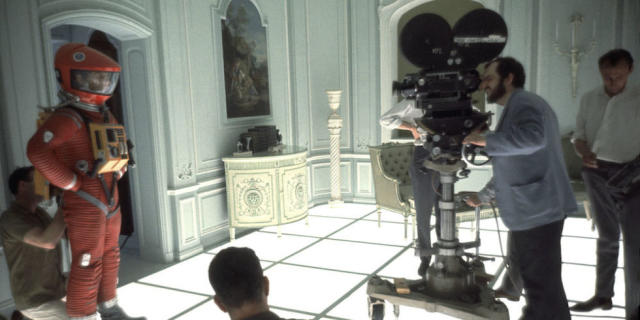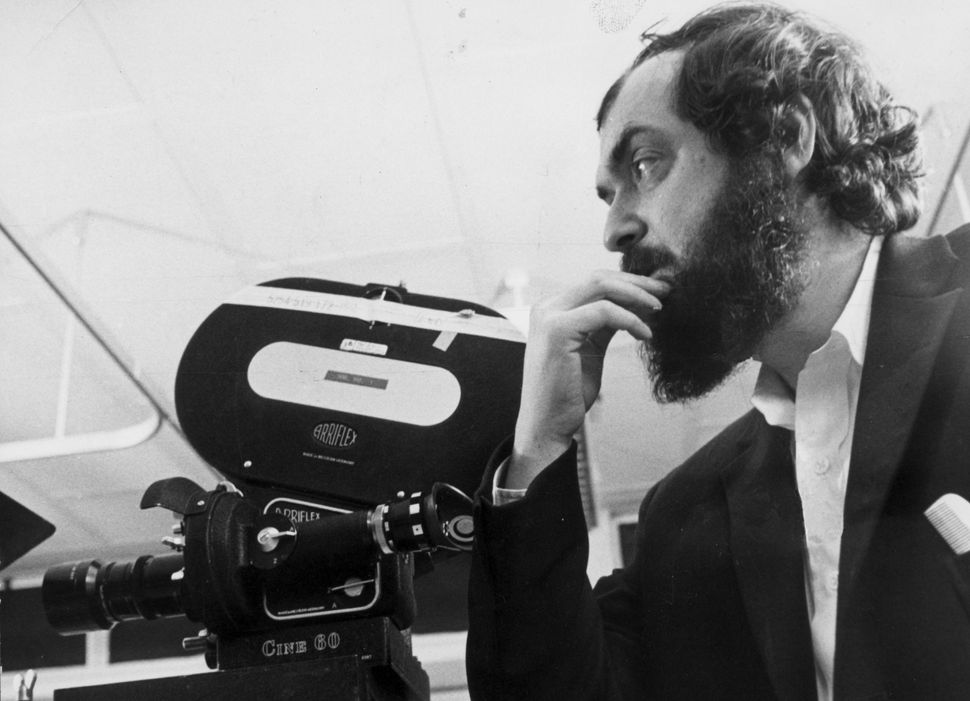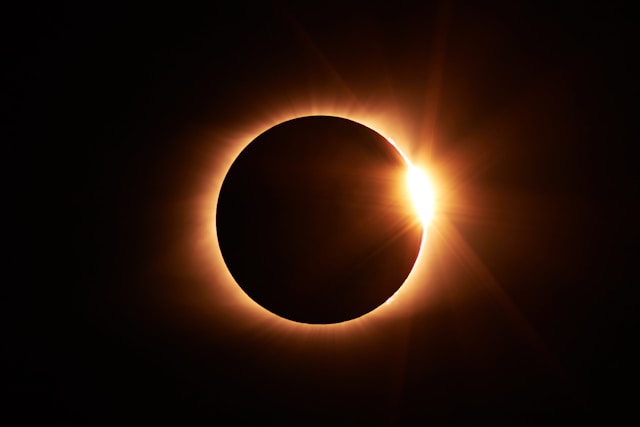The Apollo 11 moon landing in 1969 captivated the world. Yet, lurking in the shadows of this monumental achievement are decades-old conspiracy theories alleging that the legendary filmmaker Stanley Kubrick orchestrated a massive hoax. Even as the recent lunar missions by private companies once again stir excitement (Moon Landing: America Returns to the Moon in 2024), these old conspiracy theories persist. Could one of cinema’s greatest masters have pulled off the most elaborate deception in history? Let’s dive into the origins of this enduring conspiracy, examine the purported evidence, and debunk the myths surrounding Kubrick and the moon landing.

The Birth of a Conspiracy: How Did Kubrick Get Involved?
The Stanley Kubrick-moon landing conspiracy theory gained traction in the 1970s. Conspiracy theorists point to the release of Kubrick’s groundbreaking film *2001: A Space Odyssey* in 1968, just a year before the Apollo 11 mission. The film’s stunningly realistic depiction of space travel fueled speculation that NASA may have enlisted Kubrick’s expertise in faking the moon landing footage to bolster America’s position in the Space Race against the Soviet Union.
The “Evidence” Behind the Theory
Proponents of the Kubrick-moon landing conspiracy often cite several supposed inconsistencies and anomalies within the Apollo 11 footage as their primary evidence:
- The American Flag: Conspiracy theorists assert that the American flag appears to ripple in the wind on the airless moon.
- Lack of Stars: They argue that the absence of stars in the lunar photographs is proof they were taken on a studio set.
- Parallel Shadows: The parallel nature of shadows in the photos is claimed as evidence of artificial lighting commonly used in film production.
- The Van Allen Radiation Belts: Conspiracy theorists state that humans could not have survived the journey through the Earth’s Van Allen radiation belts.

Kubrick’s Filmmaking Style: Perfectionism and Symbolism
Conspiracy theorists often point to Stanley Kubrick’s legendary perfectionism and penchant for hidden symbolism as proof that he could have been the mastermind behind the moon landing hoax. They argue his films, such as 2001: A Space Odyssey and The Shining, contain subtle clues or confessions about his involvement.
Debunking the Moon Landing Myths
Let’s address these “inconsistencies” that conspiracy theorists often highlight:
- The “Waving” Flag: The American flag planted on the moon had a telescopic pole running along its top to keep it extended. The “ripples” seen in the fabric are a consequence of this design and the way the flag was folded and unfolded.
- The Missing Stars: Photographs of the lunar surface were taken during lunar daytime. Just like on Earth, the bright sunlight washes out the relatively dim light from the stars.
- The Shadows: While the shadows are roughly parallel, they do slightly converge, as would be expected with natural sunlight and uneven terrain. The supposed parallelism is often an optical illusion.
- The Van Allen Radiation Belts: The Apollo missions were carefully planned to minimize exposure to the Van Allen belts. Through trajectory selection and spacecraft shielding, astronauts were protected from harmful levels of radiation.
Why the Moon Landing Hoax Theory Is Implausible
Beyond these specific points, consider the vast logistics required to pull off such a monumental hoax:
- Thousands of Participants: Faking the moon landing would involve an unfathomable number of people: scientists, engineers, astronauts, technicians, and countless others. Maintaining secrecy on this scale for decades is incredibly unlikely.
- Technological Limitations: The special effects technology in the 1960s was simply not sophisticated enough to replicate the lunar environment convincingly.
- Scientific Scrutiny: The moon rocks brought back by Apollo missions stand as concrete evidence. Their unique composition has been analyzed by scientists worldwide.
- Kubrick’s Integrity: While known for his brilliance, Stanley Kubrick was also a fiercely principled filmmaker. Deceiving the world on this scale would be a complete betrayal of his artistic ethics.














